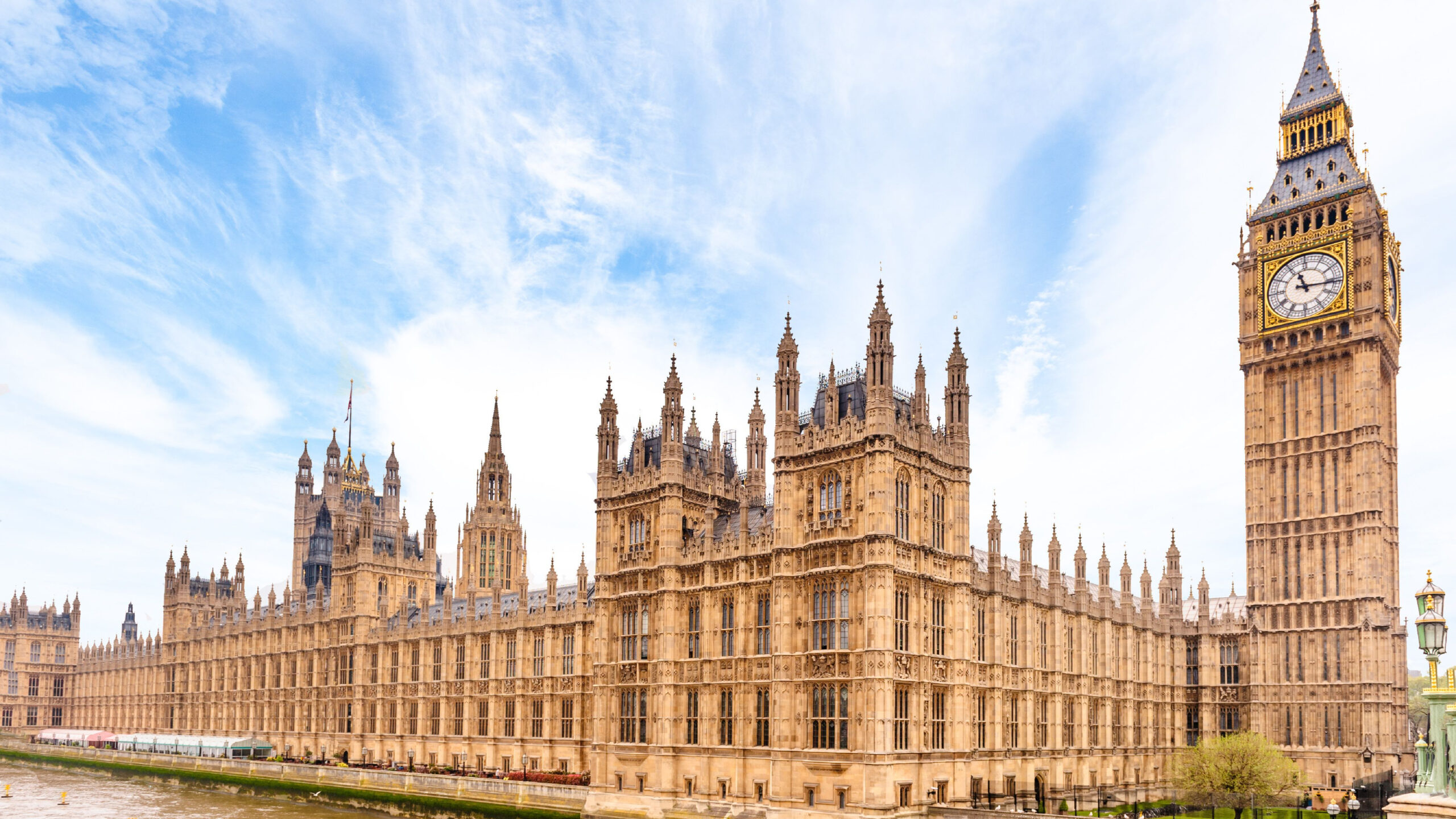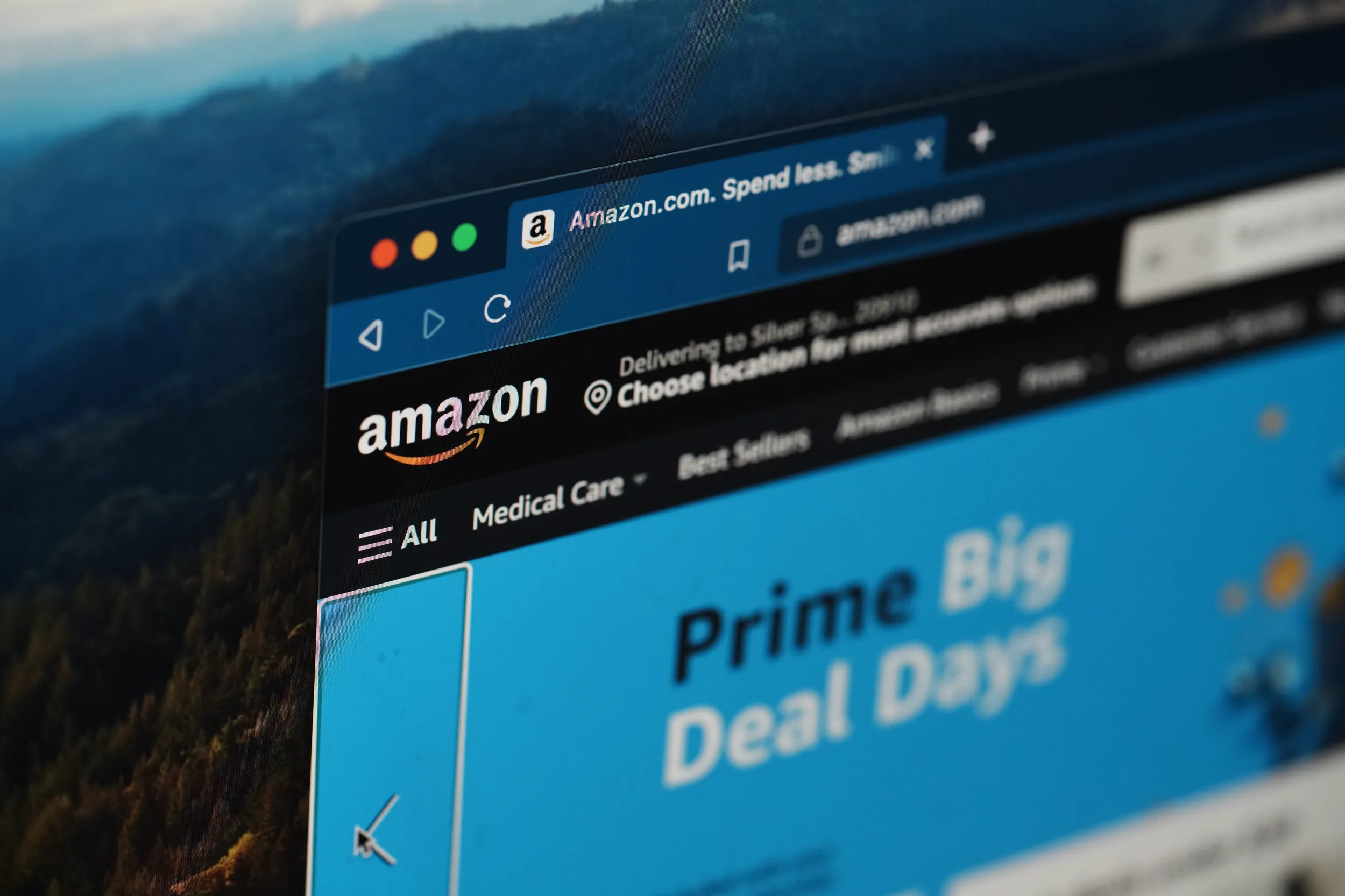The CMA Puts Facebook into a GIPHY Paradox

In May 2020, Facebook completed its acquisition of GIPHY, unaware that this seemingly harmless transaction would trigger ‘the nuclear option’. In June 2020, as a result of investigations, the UK’s Competition and Markets Authority (CMA) served its initial enforcement order, mandating that Facebook keep its business and GIPHY’s businesses separate from one another until the conclusion of the CMA’s investigation. Nearly a year and a half later, on 30 November 2021, the CMA issued its final decision, ordering Facebook (now Meta) to divest GIPHY. This divestment order represents more than just a ‘break-up’, it puts Meta in an impossible catch-22, and reveals the inherent contradictions and unrealistic expectations of the current ‘tech-lash’.
The Competitive Situation Pre-Merger
The CMA justifies its decision on an alleged “substantial lessening of competition” between social media platforms and within the display advertising market, where it identifies GIPHY as a key competitor to Facebook. In its final report, for example in paragraphs 7.43, 7.45, 7.53, and 7.168 the CMA depicts GIPHY as a “widely recognized innovator”, who “was attracting interest from large international advertisers”. According to the CMA, “no other potential competitor could have played a similar role to the one GIPHY played”, as “GIPHY had already been successful in establishing itself as the leading supplier of GIFs with a large user-base, it had made substantial progress in improving and expanding its model to monetise its user-base, and it had the support of its key investors for its Paid Alignment monetisation activities.” This rosy picture of GIPHY’s competitive significance is somewhat divorced from reality. For one, despite an extensive review of internal documents, the CMA concluded “We have not seen internal [Meta] documents describing GIPHY as a threat or evidence of any direct response to the threat of entry or expansion by GIPHY.” (para. 7.197). More importantly, if the CMA’s characterisation of GIPHY was correct, why was it for sale?
The truth is, GIPHY was in dire straits. GIPHY had been looking for new funding since October 2019, when it reportedly engaged JP Morgan to assist its search for potential acquirers. But acquirers were nowhere to be found, as all interested parties eventually dropped out of negotiations. In contrast to what the CMA states, JP Morgan submitted that despite outreach to multiple other parties, and “even following Facebook’s offer, there was still no bid forthcoming” (para. 6.133).
At the time of the merger, GIPHY was running at a monthly loss (para. 6.166). It “relied on regular rounds of external funding” (para. 6.10) and its “monetisation model was flawed because advertisers on digital media wanted to monitor return on investment closely” (para. 7.58). The GIFs company “lacked a meaningful user base of its own” (para. 7.51) and, according to Facebook’s submission “was unable to provide the recognizable constituent elements of a robust digital advertising business” (para. 5.11). An objective reading of the facts of the CMA’s investigation suggests that GIPHY was not the attractive emerging business that the CMA depicted it to be, but rather a company struggling to generate revenue or interest from investors. GIPHY’s acquisition, in the words of tech industry analyst Benedict Evans, rather “represent[s] the recycling of talent and capital from ideas that didn’t go all the way into new ideas that might.”
The Future Nirvana in Digital Advertising
The CMA’s findings regarding GIPHY’s alleged competitive strength are troubling enough on their own, but the unrealistic expectations become deadly in the wider context. Not only must Meta fully divest GIPHY, but it must proactively create that alternate reality where GIPHY is a Facebook rival.
The CMA’s order mandates that Meta “ensures that GIPHY has the necessary management, technical and creative personnel to enable it to compete effectively throughout and following the divestiture”. It’s unclear how Meta can do this, when GIPHY’s previous management was unable to create the conditions for it to compete effectively in the first place.
In order to “restore GIPHY’s ability to generate revenue” (which was arguably non-existent to begin with), Meta has been ordered to provide additional financial resources as well, beyond what GIPHY had access to before hand (“GIPHY will require […] more cash on its balance sheet than it had preMerger”, para. 11.43). FB must also find a purchaser with “a commitment to developing and providing … GIF-based advertising in the UK” (para. 11.166).
It seems the CMA is effectively trying to create a new competitor within the market for display advertising, by mandating Meta itself to create it and nourish it with its own financial and human resources, and making Meta liable if it is not successful. If Meta is ultimately unable to create the strong competitor the CMA desperately wants GIPHY to be, it will face the burdensome fines that the CMA will undoubtedly impose.
All this begs the question, is the CMA protecting competition within the UK market, or is it trying to actively manage and shape it, by forcing Meta to create that competition?








